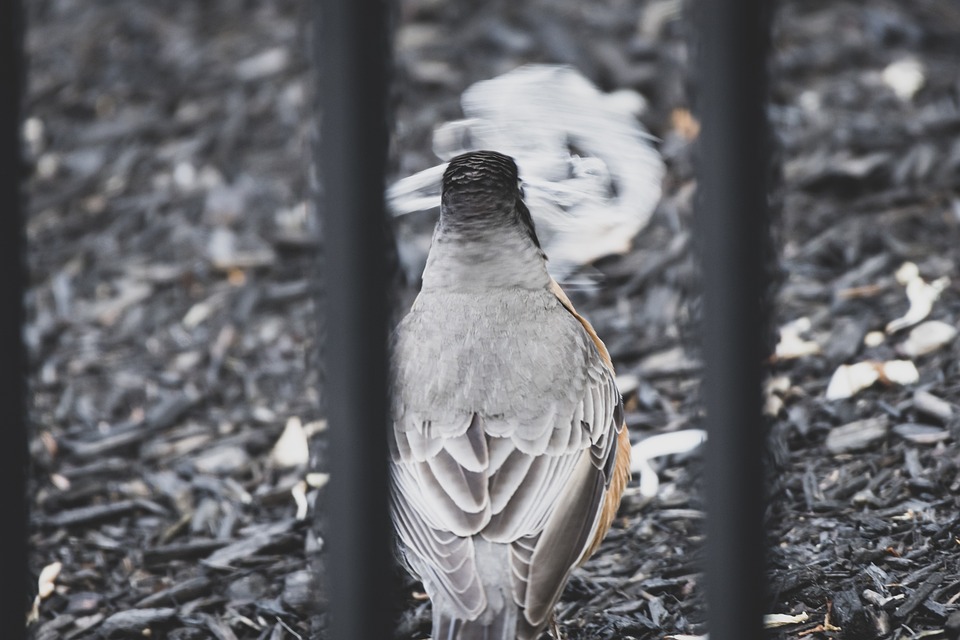Parrots are intelligent and social creatures that thrive on positive interaction with their human companions. However, excessive begging for treats can become a challenging behavior to manage. In this article, we will explore effective methods of using positive reinforcement to discourage parrots from engaging in this behavior. By understanding the psychology behind parrot behavior and applying these techniques, you can foster a healthier and more harmonious relationship with your feathered friend.
Parrots are natural foragers, and begging for treats is a common behavior exhibited in the wild. In captivity, parrots often perceive treats as rewards and may associate begging with receiving a desired outcome. This behavior can become problematic if it becomes excessive or disrupts the balance of your parrot’s diet.
Positive reinforcement is a highly effective training technique that focuses on rewarding desired behaviors rather than punishing unwanted ones. By utilizing positive reinforcement, you can shape your parrot’s behavior and encourage them to engage in more desirable activities.
Here are some steps you can take to discourage excessive begging in your parrot:
1. Establish a Consistent Feeding Schedule: Determine a fixed feeding schedule for your parrot and stick to it. Creating predictability around mealtimes can reduce begging behavior as your parrot learns when to expect food.
2. Use Healthy Alternative Rewards: Identify nutritious treats that can replace the ones your parrot commonly begs for. Gradually introduce these healthier options while reducing the frequency of the desired treats. This way, your parrot can still enjoy rewards while maintaining a balanced diet.
3. Teach Specific Commands: Train your parrot to respond to specific commands, such as “quiet” or “wait.” Use positive reinforcement, such as praise or a small treat, when your parrot follows the command correctly. This helps redirect their attention away from begging and towards desired behaviors.
4. Engage in Enrichment Activities: Provide your parrot with stimulating toys, puzzles, or foraging opportunities to redirect their focus. Mental and physical exercise can reduce the desire for excessive treats and keep your parrot entertained and engaged.
5. Implement Clicker Training: Utilize a clicker or a verbal marker to reinforce desired behaviors. Click and reward your parrot when they exhibit appropriate behavior, such as staying calm during mealtime. This helps create positive associations and reinforces good habits.
It’s important to note that the timeframe for behavior modification varies from bird to bird. Some parrots may respond quickly, while others may take more time. Consistency, patience, and repetition are key factors in achieving lasting results.
If your parrot continues to exhibit demanding behavior even after using positive reinforcement, it’s important to reevaluate the consistency of your training and ensure that all family members are following the established techniques. Seeking guidance from a professional avian behaviorist may also be beneficial in such cases.
While treats can still be a part of your parrot’s diet, they should be given in moderation and as a reward for desirable behavior. Monitoring the quantity and quality of treats helps maintain a balanced diet and prevents excessive begging.
Using punishment to discourage begging behavior can have negative consequences. It can create fear and anxiety in parrots, leading to potential aggression or other undesirable behaviors. Positive reinforcement focuses on building trust and strengthening the bond between you and your parrot, promoting a healthier long-term relationship.
In conclusion, using positive reinforcement techniques is a humane and effective way to discourage excessive begging for treats in parrots. By understanding their natural instincts and using consistent training methods, you can redirect their focus and encourage healthier behaviors. Remember, patience and consistency are key to achieving long-lasting results. With time and effort, you can build a strong bond with your parrot while promoting their overall well-being.









